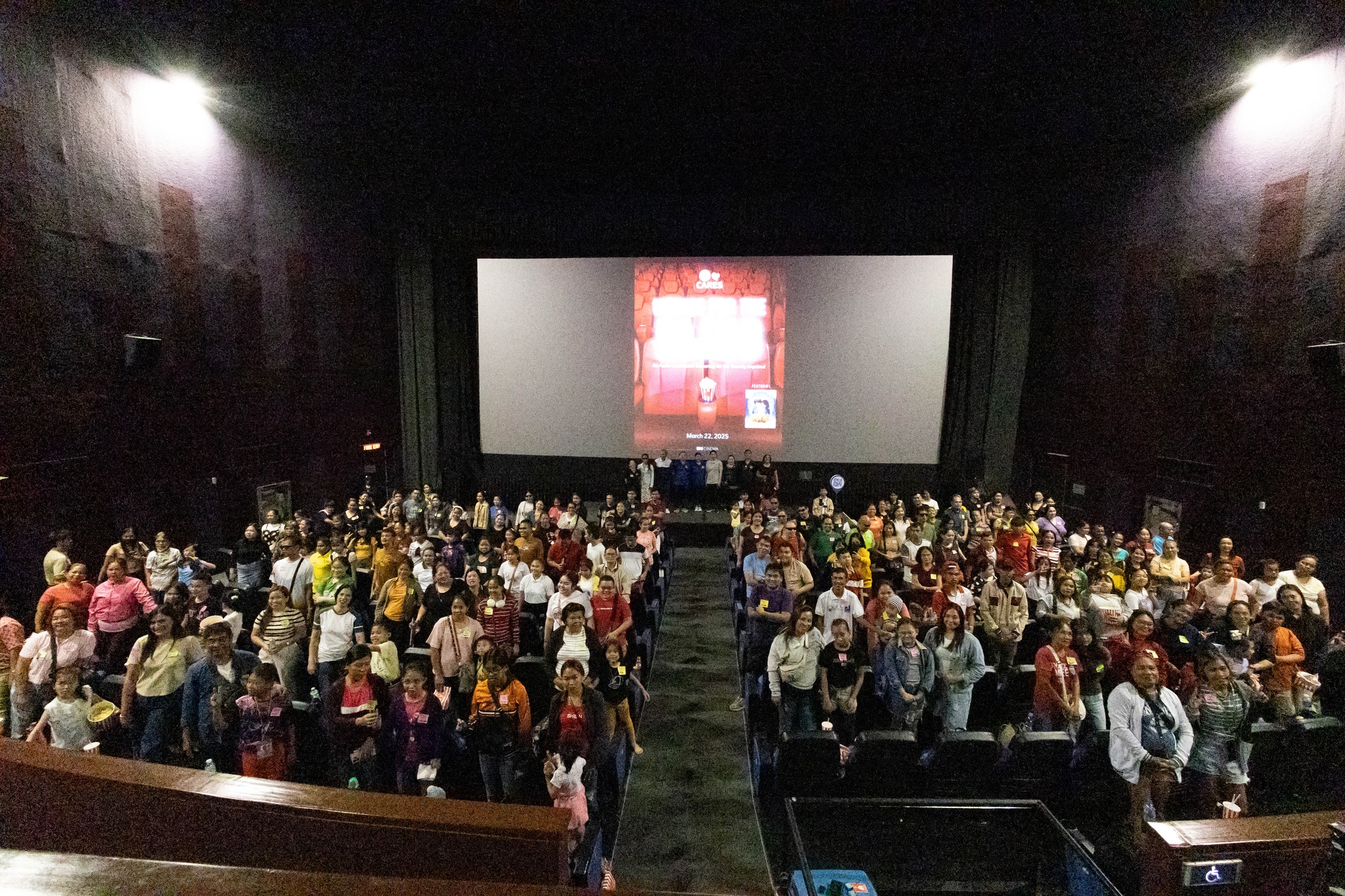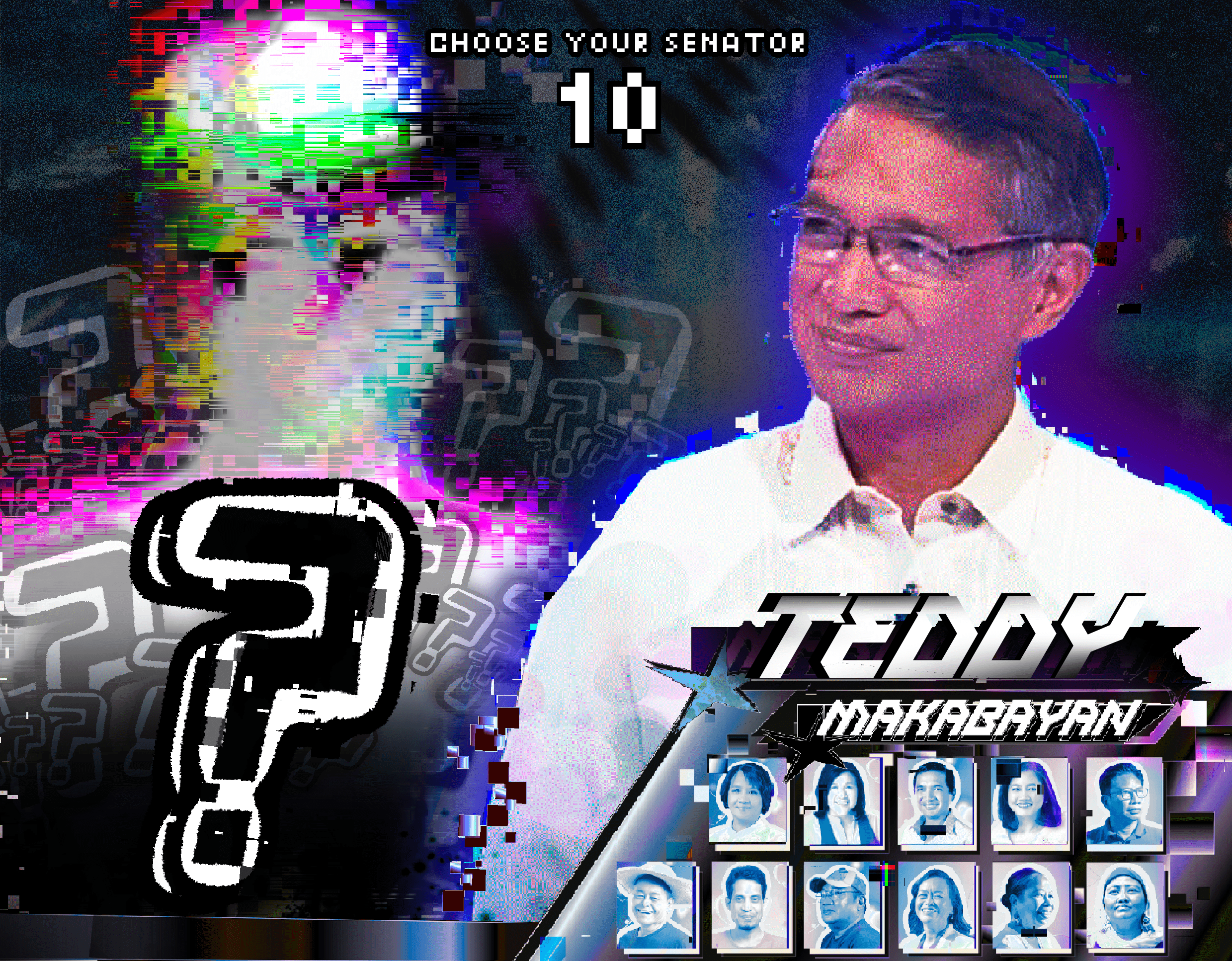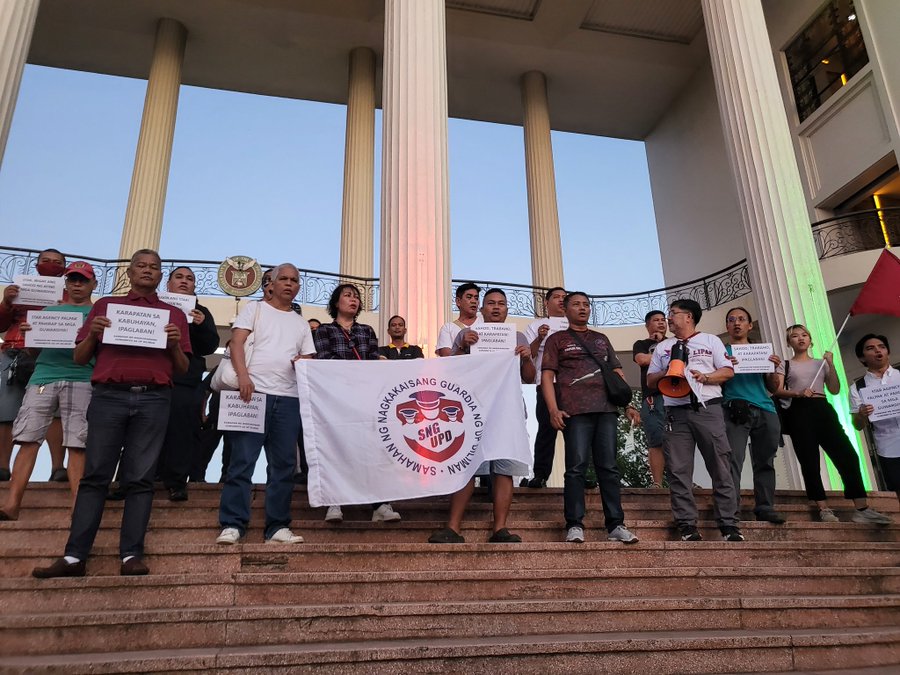It may be only through a mix of legal and internal mechanisms that red-tagging media outfits will be held accountable, experts say. In particular, the Sonshine Media Network International (SMNI) has been under fire by media stakeholders because of the former’s continuous instances of red-tagging and disregard of the Philippine Broadcast Code.
SMNI has been known to spread disinformation to discredit political opposition. In October, SMNI red-tagged Rappler CEO Maria Ressa, and called Rappler a platform of the Communist Party of the Philippines. Bulatlat managing editor Len Olea was also vilified by SMNI in the same program.
Iglesia ni Cristo-run media outlet, Net25, has also violated media ethics by using personal attacks against the presidential candidate, former Vice President Leni Robredo in its program “Mata ng Agila” on May 23, according to the Center for Media Freedom and Responsibility, an independent media watchdog.
Danilo Arao, a professor at the UP Diliman Department of Journalism, said red-tagging is no longer part of free speech nor press freedom. “It is actually hate speech with a clear criminal intent to make those appeals of red-tagging disappear from the face of the earth,” he said.
Advocacy group Movement Against Disinformation (MAD), in a statement, also blasted SMNI, saying that using the latter’s platform to red-tag groups and individuals may amount to violations of the network’s Congressional franchise and the Broadcast Code set by the Kapisanan ng mga Brodkaster ng Pilipinas (KBP).
Pursuing Extra Legal Efforts
Arao suggested that red-tagging media outfits may be held accountable by discussing their transgressions of media ethics and standards. “The most that we can do right now would be more extra-legal, for lack of a better word. So, what do we mean by extra-legal? We question their adherence to media ethics, particularly journalism,” he said.
Journalists follow a set of rules set by the KBP, a nongovernment and self-regulatory council implementing policies for the broadcast industry that advocates for free and responsible media.
“Anyone can complain through the KBP website to hold accountable any media outlet or practitioner. You don't need to be a journalist to file a complaint with KPB, ordinary citizens can do that and in the day and age of the internet, you can even do that online,” Arao said.
The KBP has its own online complaint platform on its website, which serves to investigate and assess any violation of the KBP’s broadcast ethics. The complaint platform seeks to promote a culture of self-discipline among media outlets “as a way of promoting higher professional and ethical standards in Philippine broadcasting.”
The KBP’s self-regulation scheme avoids government regulation of the press. On the same leaf, Arao believes that shutting down SMNI is also a form of government intervention in media institutions. He added that strict legal measures could backfire on journalists as these measures may have the unintended consequence of compromising freedom of speech and expression.
In September, Sen. Jinggoy Estrada filed an Anti-Fake News Bill which seeks to amend the Cybercrime Prevention Act of 2012 by including sweeping definitions of misinformation and disinformation and other cybercrime offenses. In the end, government intervention can be used against journalists.
“Once we depend too much on the government, there might come a time [journalists] will be punished. Say, the passage of an Anti-Fake News Law could infringe on our right to free press or even free expression or free speech,” Arao added.
Last 2020, the House of Representatives investigated ABS-CBN for its “political bias,” which eventually led to the nonrenewal of the network’s Congressional franchise. Before the probe, former President Rodrigo Duterte warned ABS-CBN that they would not have a franchise grant, which would mean closure for the media outlet.
“Government intervention, particularly legislative intervention, should not be the solution. We don't want to do that. We would rather push for the government to create an enabling environment for the practice of press freedom, and one of them would be to strengthen self-regulation,” Arao said.
Media Action
While calling out red-tagging media outfits is possible, it is only effective when a large audience does so. For Philippine Press Institute Executive Director Ariel Sebellino, the public has the power to criticize media organizations. “I think it's more of the public to call out SMNI and that I think is active accountability. We just don't leave it to digital media organizations or critics to call out SMNI,” Sebellino said.
Sebellino stressed the importance of criticism between media outlets so that media outlets can improve their errors and missteps. “It's very seldom that you hear ABS-CBN criticize GMA or other media organizations. I've observed from Rappler that it is trying to break that kind of an unwritten rule by actually writing about SMNI and Net25,” he said.
The CMFR, for instance, runs a regular segment called “Cheers and Jeers” on their website which critiques media institutions. In June, CMFR talked about Net25 and SMNI’s role in disinformation, tackling the networks’ role in spreading hate speech and disinformation against political opposition to the Marcos-Duterte tandem in the 2022 elections. In one article, SMNI and Net 25 were used as examples of irresponsible journalism because of their red-tagging of government officials.
While self-criticism among media outlets is a way forward, he said that localized and smaller press councils may also be set up to handle media-related complaints in communities. Citing the efforts of the Cebu Press Council (CPC), Sebellino said that CPC was able to mediate dialogue between a complainant and a broadcast network, without resorting to costly legal battles.
CPC has its own review board that will assess ethics violations of media outlets. The decision of the board will then be released to the media outlet subject to the complaint and will be endorsed to the KBP for further investigation.
“I always believe in the process of having good journalism, to be appreciated by all no matter what. And people will appreciate that one day soon,” Sebellino said. “It's a long shot to bring back public trust and confidence, but at the same time to win them over is to understand how a critical media plays in a functioning democracy.”
For Arao and Sebellino, exacting accountability from erring media outfits, especially those that engage in vilification and red-tagging, is a prerequisite for keeping the information environment safe, and political discourse healthy.
“We're not limiting ourselves to the way we conduct because we're journalists and media practitioners. It is encompassing, we think about how the public will be able to consume information and will be able to make sense of journalism,” Sebellino said.
As for Arao, the collective effort of the media and the audience is vital to rectify the mistakes that some media outlets have committed.
“We need that to protect people. We need that to ensure that the safety and security of journalists, activists, or any critical members of society would be promoted and their rights to be promoted and upheld,” he said.
In the end, it is only through effective self-regulation and meaningful criticism that responsible media will flourish in the country.
“At the same time, every Filipino citizen needs journalism turned out by legitimate sources of information,” Sebellino said. “I always believe that good journalism will be appreciated by all no matter what. And people will appreciate that one day soon.” ●






